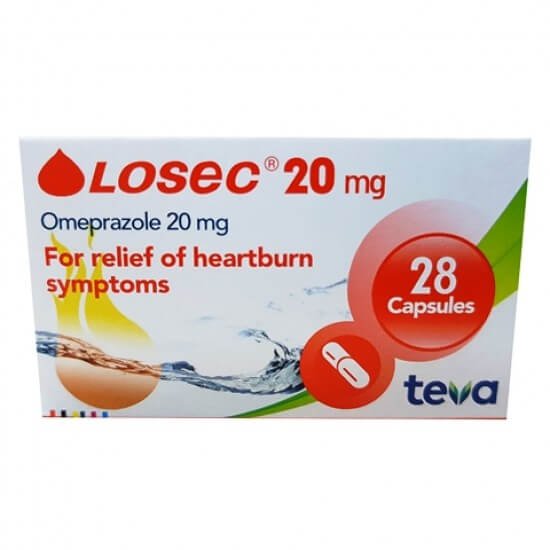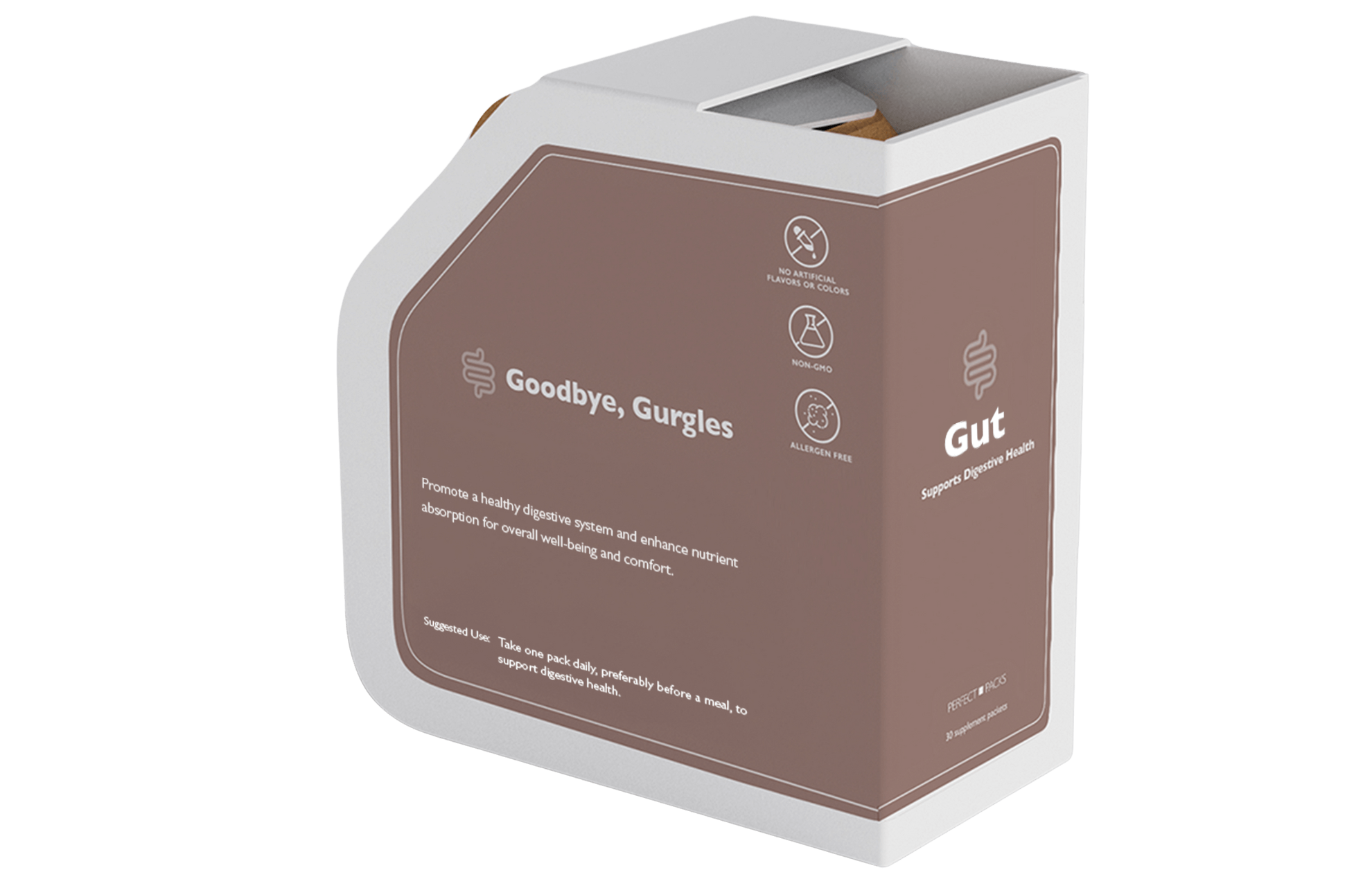This text is for informational purposes only. Please consult a doctor or pharmacist before using any medication.
Read the information leaflet that comes with the medication.
If after taking Prilosec, a sudden allergic reaction (anaphylaxis) occurs, with symptoms like swelling of the face, tongue, or throat making it difficult to breathe or swallow, or there is wheezing, hives, rash, blistering, or peeling of the skin, call a doctor or 911 right away, or go to an emergency room immediately.
Most people who use Prilosec do not experience any negative side effects. Some of the side effects that have been reported include headaches, stomach issues, nausea, and vomiting.
Not all side effects are listed here. If these or other unlisted symptoms persist or worsen, consult a healthcare provider or pharmacist.
Gastroesophageal reflux disease (GERD): Causes symptoms like heartburn, regurgitation, chest pain, and difficulty swallowing. To diagnose GERD, a healthcare provider will review symptoms and may recommend tests such as endoscopy, pH monitoring, esophageal manometry, or X-rays.
Peptic ulcer disease (PUD): Symptoms include burning stomach pain, bloating, heartburn, and nausea, which often worsen on an empty stomach. A healthcare provider may diagnose PUD using endoscopy, upper gastrointestinal series (barium swallow), or a test for Helicobacter pylori infection.
Zollinger–Ellison Syndrome: Zollinger–Ellison syndrome (ZES) symptoms include severe, recurrent peptic ulcers, abdominal pain, and diarrhea. To diagnose ZES, a healthcare provider may conduct blood tests to measure gastrin levels, endoscopy, imaging studies, and secretin stimulation tests.













